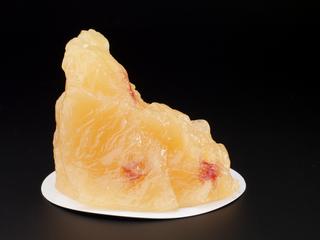
Trial packaging for Calmette's tuberculin test, London, England, 1910-1914




Dummy box of ampoules with instructions, for Calmettes's tuberculin tests by Burroughs Wellcome and Co., London, 1910-1914
Tuberculin was used to see whether a person had been exposed to bacteria causing tuberculosis. This rather painful test placed tuberculin fluid into the corner of the eye. The eye was checked after eight, twelve, 24, and 48 hours. If the person had been exposed to the bacteria, the conjunctiva (the outer coating of the eye) would become red and swollen, causing discomfort. A reaction showed they had the disease, were naturally immune or had acquired immunity in some way.
However, it was an unreliable test as the red and swollen appearance of the eye could be caused by another infection and so it was eventually abandoned.
This test was invented by Leon Charles Calmette (1863-1933), a French physician and bacteriologist. He would go on to create the BCG. It is shown here with von Pirquet's tuberculin test (1981-1681/1).
Details
- Category:
- Public Health & Hygiene
- Collection:
- Sir Henry Wellcome's Museum Collection
- Object Number:
- 1981-1681/2
- Materials:
- cardboard, paper (fibre product) and glass
- Measurements:
-
overall: 15 mm x 76 mm x 51 mm, .01kg
- type:
- tuberculin test
- credit:
- On loan from the Wellcome Trust




